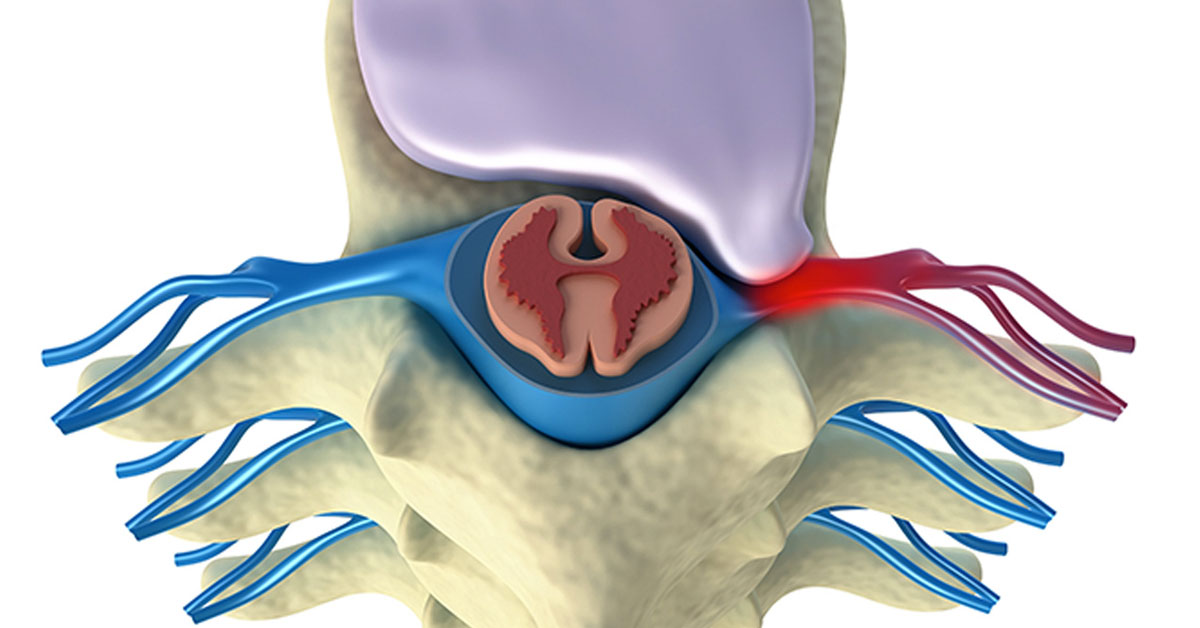
What is a Microdiscectomy?
A microdiscectomy is a surgical procedure where a small portion of bone or a small part of the intervertebral discs is removed in order to reduce any compression effect it has on nearby nerve fibers. The procedure is sometimes called a micro decompression spine surgery.
When is a Microdiscectomy Performed?
The primary indication for performing a microdiscectomy is lumbar disc herniation. In this condition, the protrusion of the lumbar disc onto the spinal column results in compression of certain nerve fibers and pain in the lower limbs. Patients may also experience low back pain as a result. Patients who are candidates for microdiscectomy often have undergone numerous medical and physiotherapy treatments with no significant benefit. As a general rule, patients who are offered microdiscectomy have must have experienced more than six weeks of pain in the legs along with failure of medical therapies such as non-steroidal anti-inflammatory, physical therapy and even steroids.
How is the Procedure Performed?
Once consent has been obtained from the patient, the patient is placed in position on the operating table and the area over the spine is cleaned with antiseptic solution. A small incision is made on the lower back no more than 1 to 1½ inches. In the initial stages, the muscles that flank the vertebrae, that is, the erector spinae muscles, are moved the side in order to expose the vertebral bones. Following this, the intervening ligaments such as the ligamentum flavum are removed, along with ligaments that form the facet joint. Any nerve roots that are visible are gently moved to the side so as to access the intervertebral discs.
Once the discs are visualized, the protruding part of the disc is removed and this relieves the pressure up on the nerve fibers. Once this procedure has concluded, the structures are put back in place and the skin is closed. The wound is covered in a sterile dressing, and after a period of observation the patient is discharged home.
Patients rarely require admission to hospital for this procedure and in most cases it is performed as an outpatient procedure. However, following the procedure, patients will be advised to rest and prevent themselves from straining the spinal column. This will be required for a period of up to 6 weeks to allow sufficient healing. Over nine out of ten cases demonstrate excellent recovery and the remainder may develop a recurrent lumbar disc hernia in the future.
Risks of the Procedure
A microdiscectomy is often associated with a fair few risks, though these are not very common. One such risk includes damage to the sheet that covers the spinal column, also called the Dura mater, can cause leakage of the cerebrospinal fluid. Damage to the nerve fibers may occur during many procedures. Rare cases may experience a slight amount of bleeding and infection, which requires prompt treatment.
